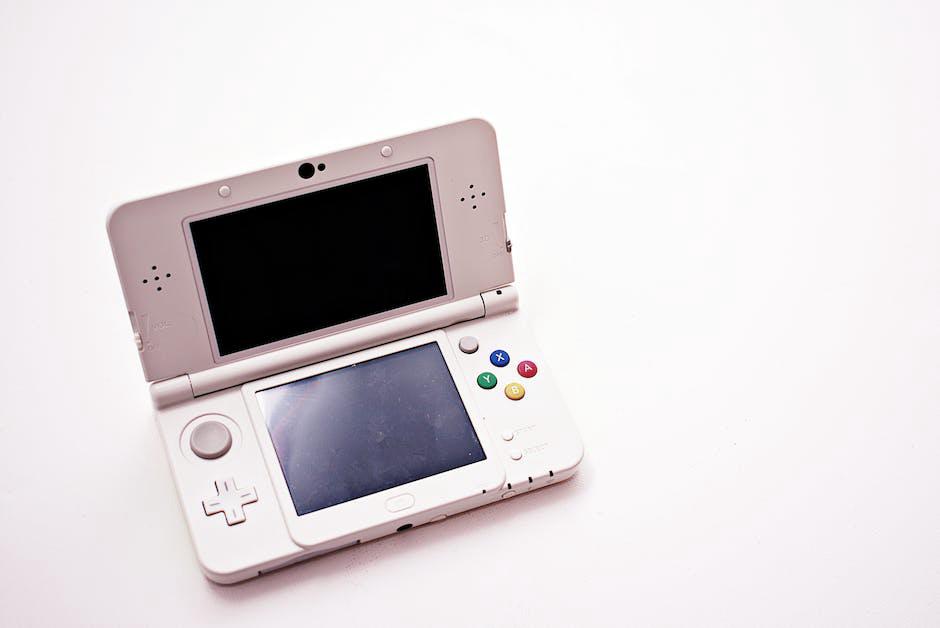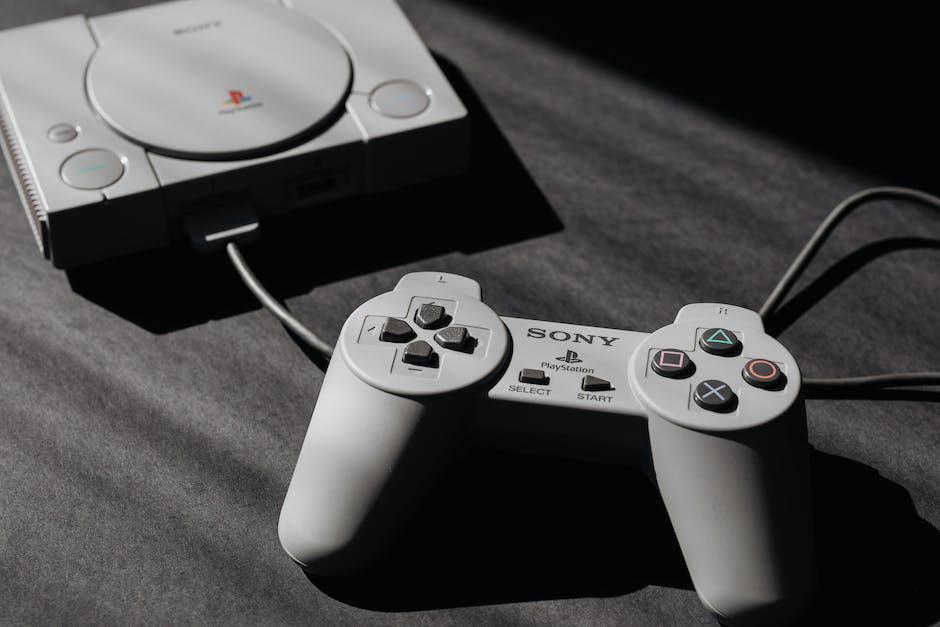Platformer games are some of the most enduring and popular genres in the gaming industry. They are defined by the ability to traverse obstacles in a linear fashion, often by jumping from platforms or objects in the game world. While the core mechanics of platformers have remained largely unchanged since their inception, developers have continually sought to innovate and refine the genre.
At its core, a platformer is a game in which the player must maneuver through platforms, objects, and other obstacles in order to progress. The player usually has the ability to jump, run, and climb in order to navigate the environment and complete objectives. Many platformers also feature a wide variety of power-ups, collectibles, and enemies, as well as dynamic level design that forces the player to think strategically. Platformers can generally be divided into two main subgenres: 2D and 3D.

2D platformers are typically side-scrolling games that feature 2D sprites and a flat background. This type of platformer is often considered to be the classic form of the genre and has seen a resurgence of popularity in recent years. Examples of 2D platformers include the Mario and Sonic franchises, as well as games like Limbo and Cave Story.

3D platformers are more modern entries to the genre and feature 3D models, textures, and environments. This form of platformer is often more complex and requires the player to think in three dimensions. Some notable 3D platformers include Spyro the Dragon, Super Mario 64, and Ratchet & Clank.

Over the past few years, platformers have become even more varied, with developers introducing a variety of new mechanics and gameplay elements. For example, Metroidvanias are a type of platformer that emphasize exploration and backtracking, while auto-runners are games in which the character is constantly running forward and the player must time their jumps and actions in order to progress.

In addition, several innovative control systems have been developed for platformers. The Wii Remote, for example, allowed players to interact with the environment in a more intuitive way, while motion controls have allowed for more precision and accuracy.
Platformers will likely continue to evolve and expand, as developers strive to create new and engaging experiences. However, the core mechanics of the genre will remain largely unchanged, as the ability to traverse obstacles, navigate the environment, and overcome enemies will always remain at the heart of the platformer experience.

Thinket is a gaming journalist and critic specializing in RPGs and open-world adventures. He explores gameplay mechanics, storytelling depth, and player immersion across both indie and AAA titles.

